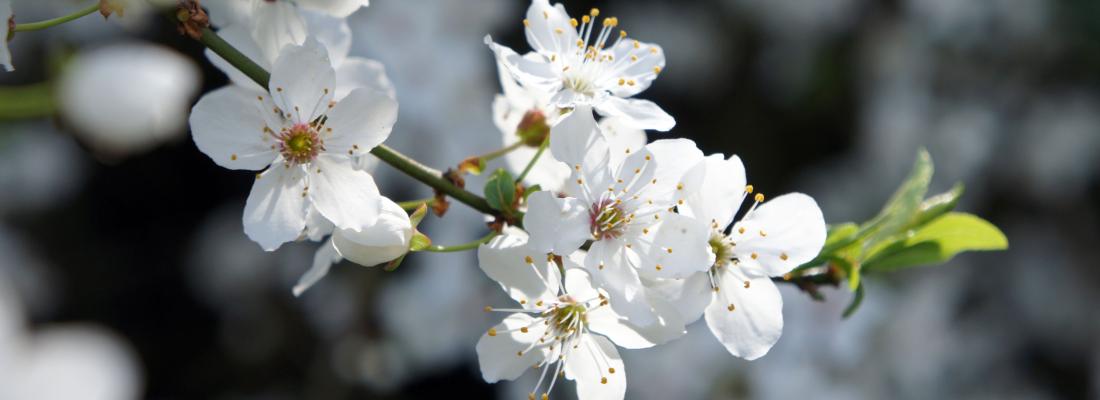Biodiversity Reading time 2 min
The veil is lifted on the secrets of plant reproduction
Published on 16 November 2023

The scientists have delved into the way plants reproduce. As with animals, one process is at the heart of reproduction and the creation of genetic diversity: meiosis. This process leads to the production of reproductive cells known as gametes.
These gametes contain half of the genetic information of each individual which is held, physically, by chromosomes.
The male gametes (spermatozoa or pollen) and female gametes (ovules) then fuse during fertilisation to create a new individual. Each individual, or plant, therefore has a pair of each chromosome in its cells, one from the male, the other from the female gamete.
The transmission of chromosomes in gametes is very closely monitored, as the slightest error can lead to major risks, such as trisomy (there is no longer one pair but three chromosomes). There is therefore a whole cascade of regulation and control at every stage. However, not all the actors in the meiosis film are known.
This is why researchers at INRAE and the CEA have done a freeze-frame on one of the machines that is essential for meiosis to take place. This machine is the "synaptonemal complex".
It is made up of a large number of blocks, proteins, that are interlinked not only with each other, but also with the chromosomes. It enables the chromosomes to exchange genetic information correctly. This is a crucial stage in reproduction, allowing the genetic diversity of the species to be increased, a diversity that forms the basis for the creation of new plant varieties. But not all the proteins that contribute to the architecture of the synaptonemal complex are known.
The researchers have taken a giant step forward in understanding the synaptonemal complex using artificial intelligence and high-resolution microscopy. In fact, they have identified two new proteins in the complex. And they play a key role in the meiotic cascade!
When they are not present, the architecture of the synaptonemal complex is disrupted and does not function correctly. Exchanges between chromosomes are no longer regulated, preventing proper transmission to the gametes.
By understanding how these proteins influence meiosis, the researchers could suggest ways of improving the creation of new plant varieties that are more resistant to disease, capable of growing in difficult environmental conditions and producing higher yields.
An added bonus is that these two newly discovered proteins are also found in most flowering plants. This means that this discovery could be applied to all kinds of plants.
Combining approaches, a winning strategy
This work required a combination of several experimental approaches. In particular, and through collaboration with a team at the CEA, the AlphaFold deep learning algorithm was used in an original way as an in silico screening tool for protein-protein interactions. Genetic approaches and high-resolution microscopy studies completed the analysis of the two proteins.
Reference
Vrielynck N., Peuch M., Durand S. et al. (2023). SCEP1 and SCEP2 are two new components of the synaptonemal complex central element. Nat. Plants . https://doi.org/10.1038/s41477-023-01558-y
